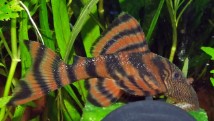The Benandy Breeding Bulletin
Issue #1 - Sept 2010
What's in this issue? This month we look at:
SOMETHING FISHY! "Rivers and the inhabitants of the watery elements are made for wise men to contemplate and for fools to pass by without consideration." DID YOU KNOW? The Big and Small The World's Biggest Catfish The World's Smallest Fish |
Diet: |
'Driftwood - How best to use' Introduction This last point warrants some further discussion or explanation. Botanists have recognised the relationships between plants and pH in various forms. The Acid woods refer, in this case, to those trees and shrubs which are more closely associated with acid soils. Alkaline woods include: A Golden Rule
Credits | 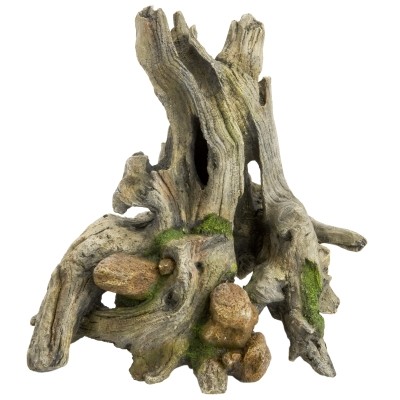 Choose wood with good structure 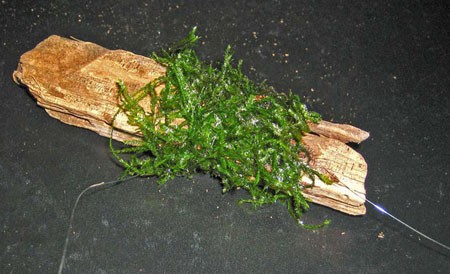 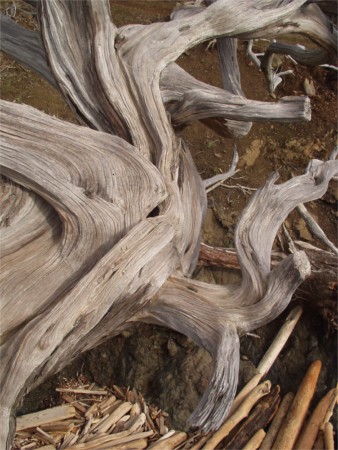 |
A Basic Guide to Breeding Cyphotilapia sp Frontosa
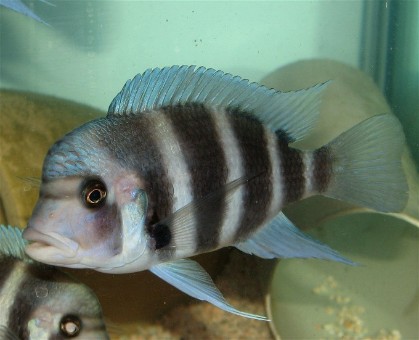 | NOTE: This a is guide only and is based on my experiences with breeding WC Frontosa Species background: Breeding Frontosa: |
The breeding process itself is not that difficult. Conditioning the fish: | 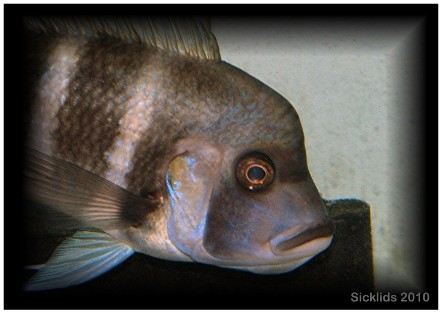 Perhaps one of the biggest factors in success with breeding Frontosa is to provide the right environment both for spawning and for the female’s safety. |
Spawning Signals: | Note:
CREDIT: Article By: 'Sicklids' Images By: 'Sicklids' |
Around the Boards
AFF Community Forum Boards has really started to take off! There are currently: •43 members | The AFF Community Forums currently have: •58 Species Profiles The site has been growing at a steady pace and is starting to gather several dedicated fish folk who are more than happy to offer their advice or assistance in your piscatorial passions! |
JOIN US TODAY! Simply use the link button to the right to be taken to AFF. You won't be sorry! |  |

